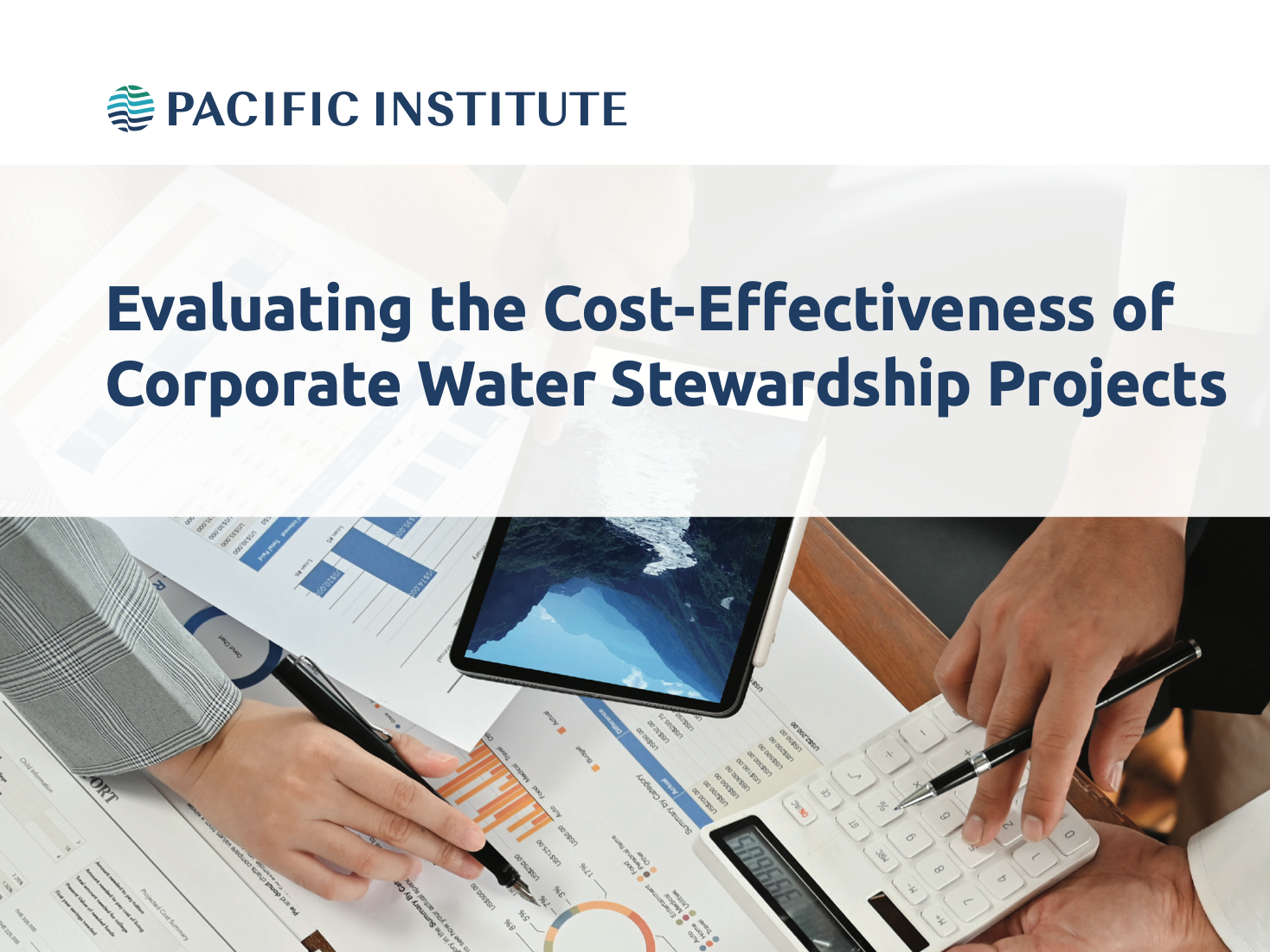Evaluating Cost Effectiveness of Corporate Water Stewardship Projects
To achieve ambitious and time-bound water stewardship goals, companies often invest in different projects spanning their operations, value chains, and local watersheds. When companies have a number of different projects to choose from, they may evaluate them against multiple criteria, including geographic scope, feasibility, innovation, and costs. Cost considerations can play a key role in selecting projects that will accelerate progress towards meeting water stewardship goals. However, comparing costs across projects can be challenging, since projects vary in type, timelines, and distribution of benefits over time.
To address the challenge of comparing different water stewardship projects, companies can use the levelized cost of water, which is a standardized and easy-to-calculate metric. The levelized cost provides a framework for evaluating the cost-effectiveness of water projects over their lifespans.
The metric divides the project costs, including capital, operation, and maintenance costs, by the total volume of water saved or produced over the lifetime of the project. This allows for a direct comparison of different projects, regardless of their scale, type, or lifetime. By distilling complex data into a single comparable figure, the levelized cost can allow companies to align their projects better with their goals, maximizing water stewardship outcomes within limited budgets.
Client The Pacific Institute
Additional Information Read the Report

